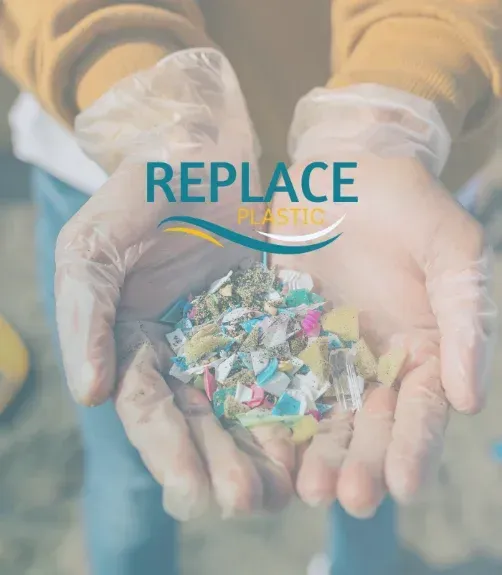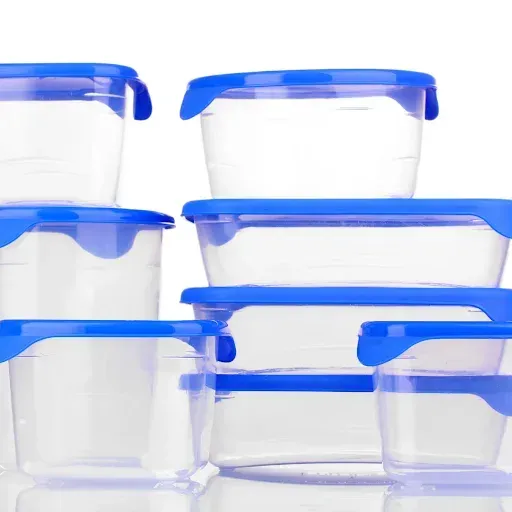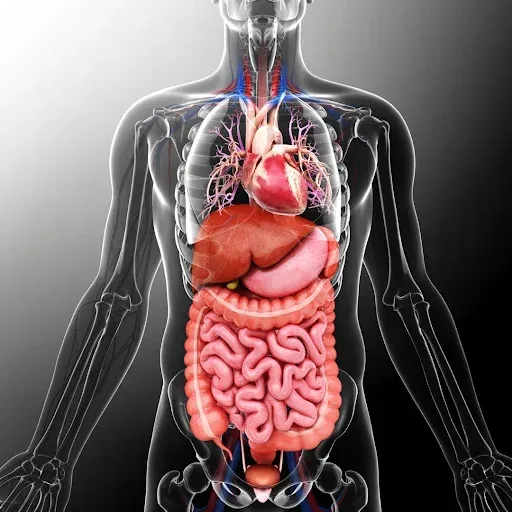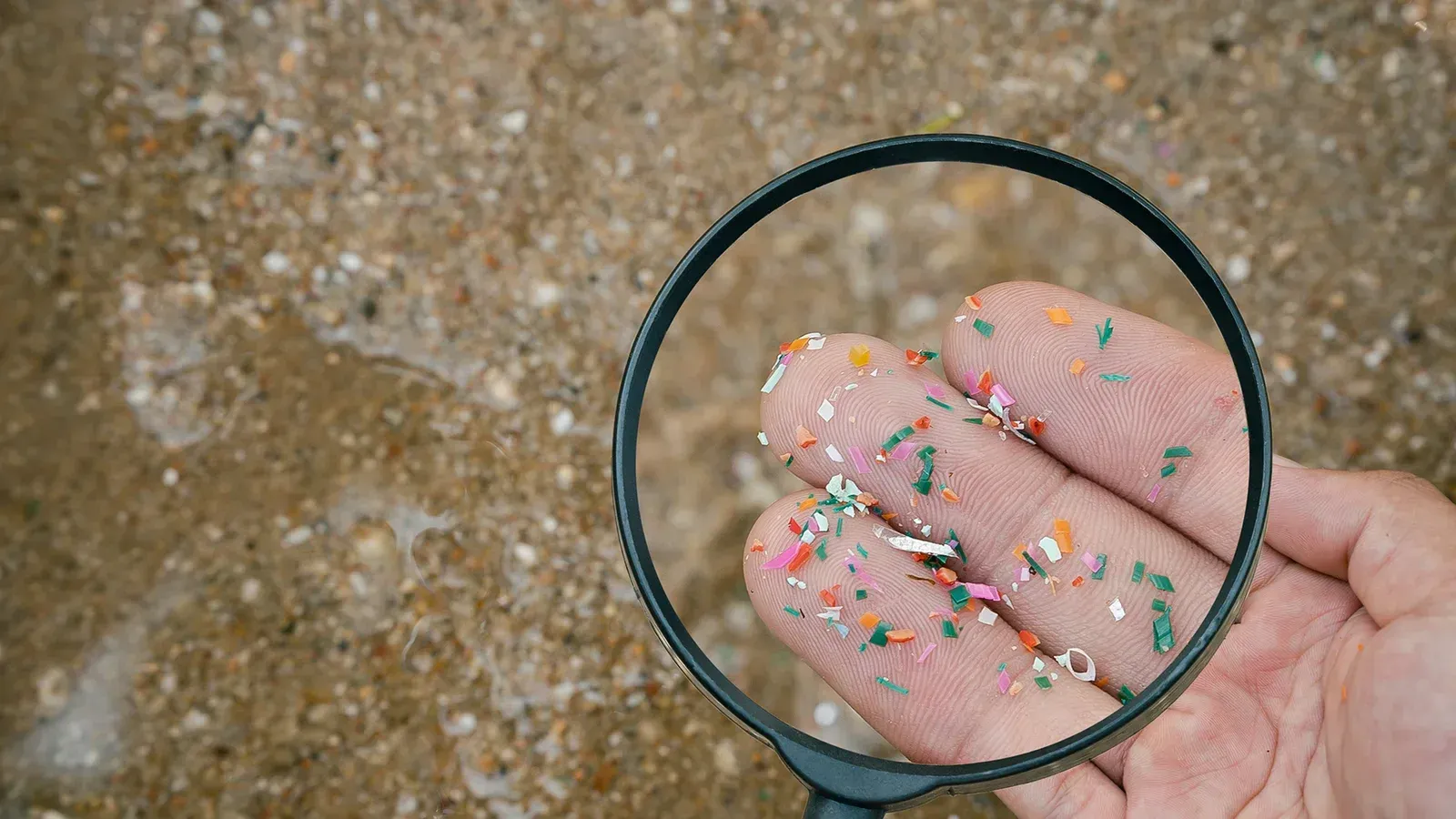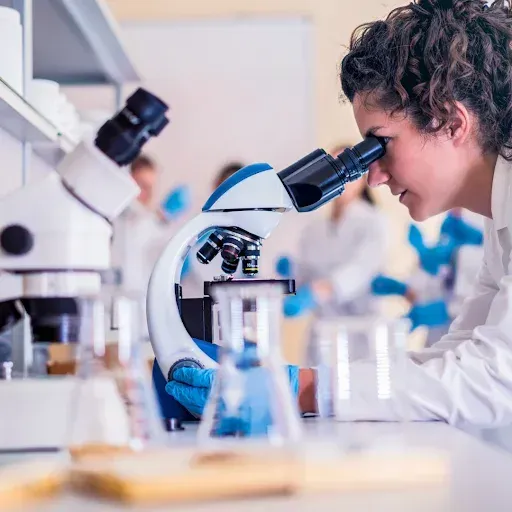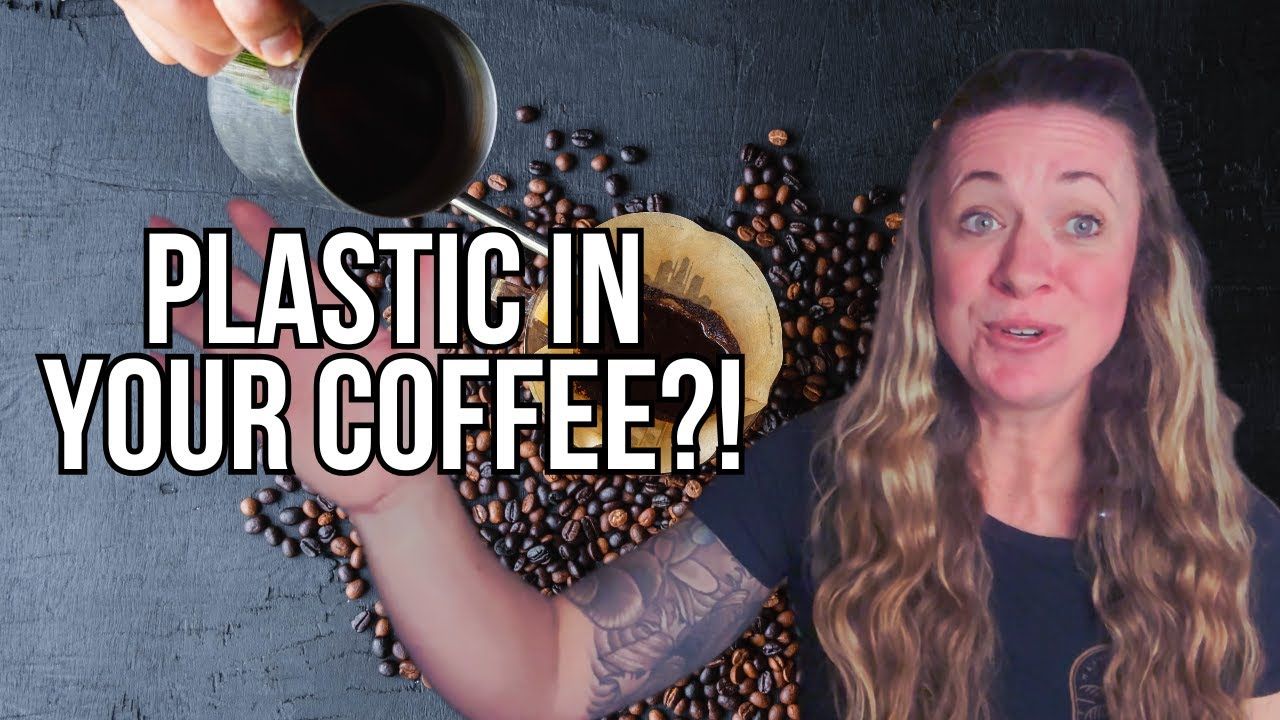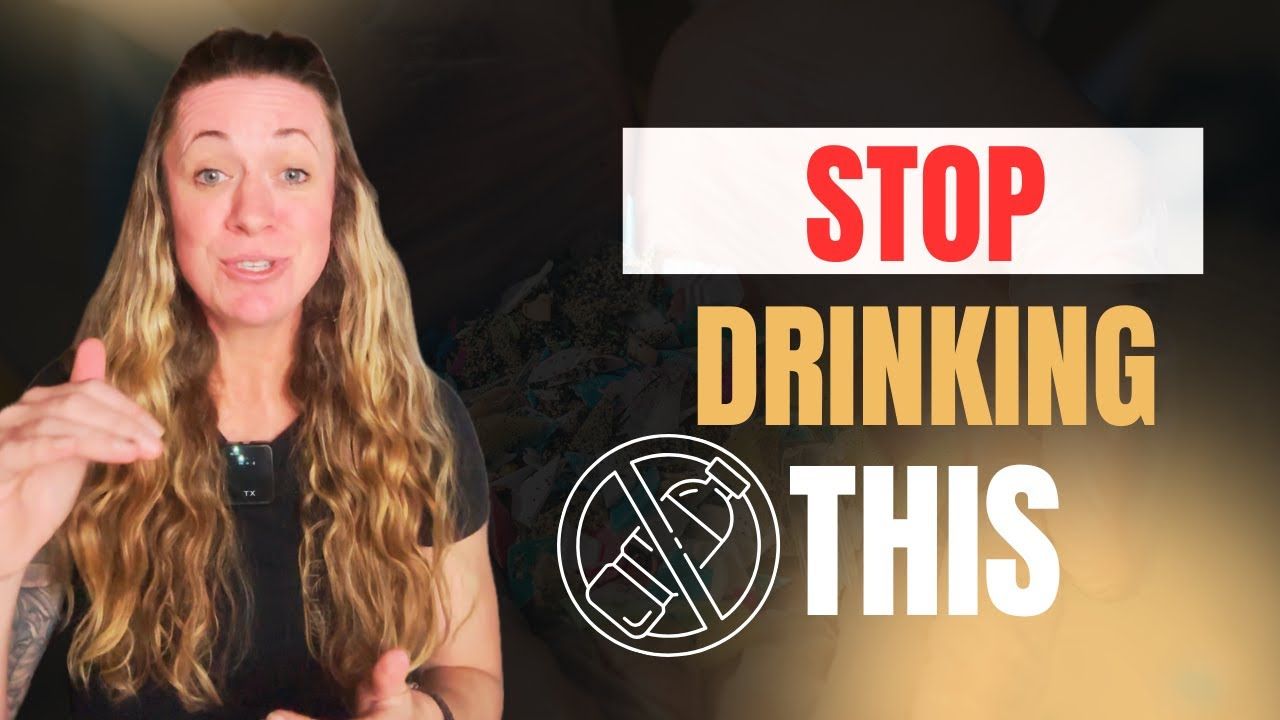Microplastics in Bottled Water: Health Risks & How to Avoid Them
This article may include Amazon Affiliate Links. If you make a purchase through these links, we may earn a small commission—at no cost to you. It’s a great way to support our blog and the work we do at Replace Plastics. Be sure to check out our Replace Plastic Top Picks here!
It might be surprising to learn, but the plastic water bottles many of us reach for are filled with more than just water—they come with tiny bits of plastic called microplastics. These particles are so small they’re invisible to the naked eye, yet they’re showing up in popular bottled water brands everywhere. Since bottled water is so widely used, let’s dive into what microplastics are, how they get into our water, what potential health effects they might have, and ways you can cut down on your exposure.
What Are Microplastics?
Microplastics are tiny plastic particles measuring less than 5 millimeters in size—smaller than a sesame seed. These particles come from two main sources:
- Primary Microplastics – Intentionally manufactured for products like cosmetics, detergents, and industrial cleaners. Some face scrubs and toothpastes still contain microbeads despite bans in several countries.
- Secondary Microplastics – Formed when larger plastic waste breaks down due to UV exposure, ocean currents, and natural weathering. These include plastic fibers from clothing, tire dust, and microplastics from food packaging and plastic containers.
How Do Microplastics Get into Bottled Water?
Microplastics can make their way into bottled water at multiple points along the way, including:
- During Production: The bottle and cap are often made from PET plastic, which can break down and shed particles during manufacturing.
- While Bottling and Packaging: Automated machines filling and sealing bottles can sometimes introduce plastic particles.
- Storage Conditions: Once bottled, water can still pick up microplastics when stored under bright lights or at warm temperatures over time. Sitting in your car, in the window, on a display shelf—all possible conditions that can lead to breakdown.
Every one of these steps can add a few extra bits of plastic, leaving some bottled water with a surprising level of tiny particles by the time it hits your mouth.
Just How Much Microplastic is Floating in Bottled Water?
Recent studies have uncovered quite a range of microplastic amounts in bottled water, with one major analysis led by the World Health Organization (WHO) finding microplastic traces in over 90% of the brands tested. Levels differed across brands and even bottle sizes, with some samples showing thousands of particles per liter. This level of plastic pollution in bottled water has quickly caught the attention of health experts and scientists alike, raising questions about how much is safe to consume.
What Are the Potential Health Concerns?
Researchers are still trying to figure out the possible health risks of drinking microplastics, but here’s what’s been discovered so far:
- Digestive Discomfort and Dysbiosis: There’s evidence that microplastics can build up in the digestive system, potentially causing irritation over time.
- Chemical Exposure: Many microplastics carry harmful chemicals, such as BPA and phthalates, which could seep into the body.
- Long-Term Health Unknowns: Since the body doesn’t seem to fully break down or absorb these tiny particles, scientists aren’t sure about the long-term impact of microplastic build-up.
Simple Tips to Limit Microplastic Exposure in Your Bottled Water
If you’d like to avoid taking in microplastics whenever you’re thirsty, here are a few steps to help cut back:
- Switch to Filtered Tap Water: A good water filter—especially one that targets microplastic removal—can be a great, simple alternative.
- Opt for Glass or Metal Bottles: Drinks packaged in glass or stainless steel are far less likely to contain plastic particles.
- Don’t Reuse Plastic Bottles: Reusing plastic bottles can cause them to break down faster, increasing your microplastic intake. Reusable glass or metal bottles are better choices.
- Cut Down on Bottled Water Altogether: Limiting how often you buy bottled water and relying on filtered tap water can significantly reduce your exposure.
Top Picks for Alternatives:
